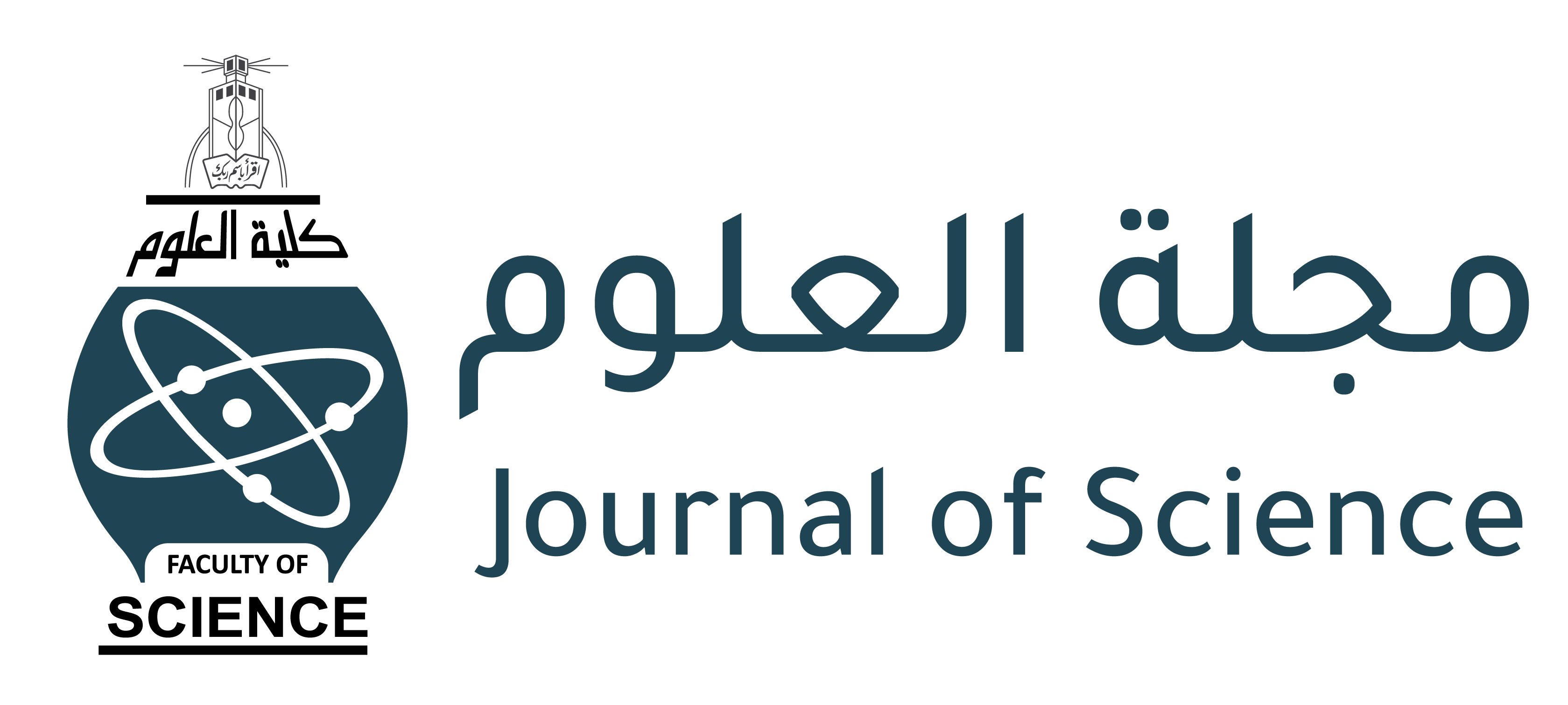Simplified Approach for Environmental Remediation of Methylene Blue and Crystal Violet from Aqueous Solution Utilizing Nanoclay Material: Kinetic, Isotherm, Thermodynamic Studies
Main Article Content
Abstract
This paper explains a rapid, simple, easy, and eco-friendly method for the elimination of the dyes Crystal Violet (C.V) and Methylene Blue (M.B) from aquatic solution onto eco-friendly Halloysite nanoclay (HSNC) solid phase. Physical features of the HSNC as SEM, TEM, XRD, FTIR, and BET were studied. The study examined various parameters that impact adsorption efficiency, including pH solution, adsorbent dosage, temperature, contact time, and KNO3 concentration. The efficiency of CV and MB dyes' adsorption on HSNC was studied kinetically and obtained data showed the processes were organized via a pseudo-second order (PSO) system through calculated adsorption capacity (qe,cal) were 46.72 mg/g for C.V and 43.47 mg/g for M.B dyes on HSNC. Under best conditions, the Langmuir model was found suitable model for explaining the isotherm behavior for removal CV and MB dyes onto HSNC, with maximum adsorption capacity (qm) 45.25 mg/g for C.V and 44.44 mg/g for M.B. Also, the thermodynamic study indicates the removal of C.V and M.B dyes is an endothermic process, and the adsorption of dyes is a chemisorption and spontaneous process. Finally, testing the elimination efficiency of CV and MB dyes based on three different actual samples on HSNC gave (E%) more than 93%. Overall, it was discovered that HSNC was an inexpensive, ecologically friendly substance for eliminating cationic CV and MB dyes.
